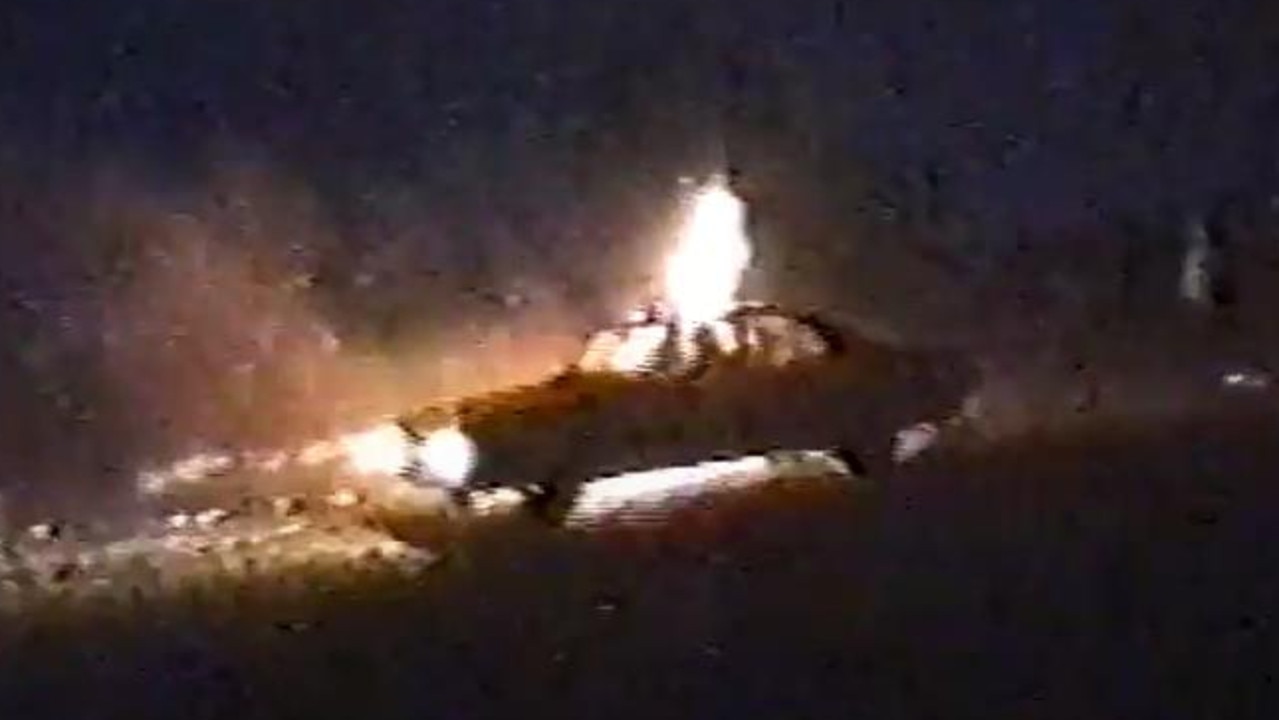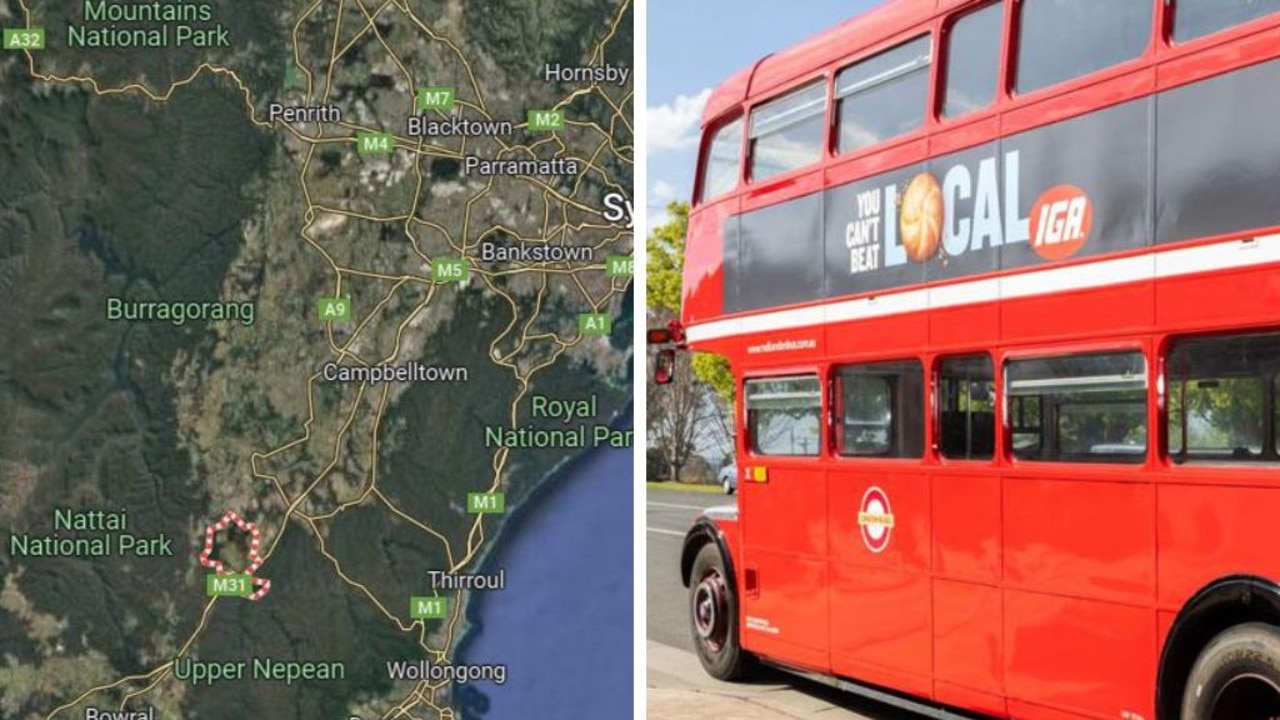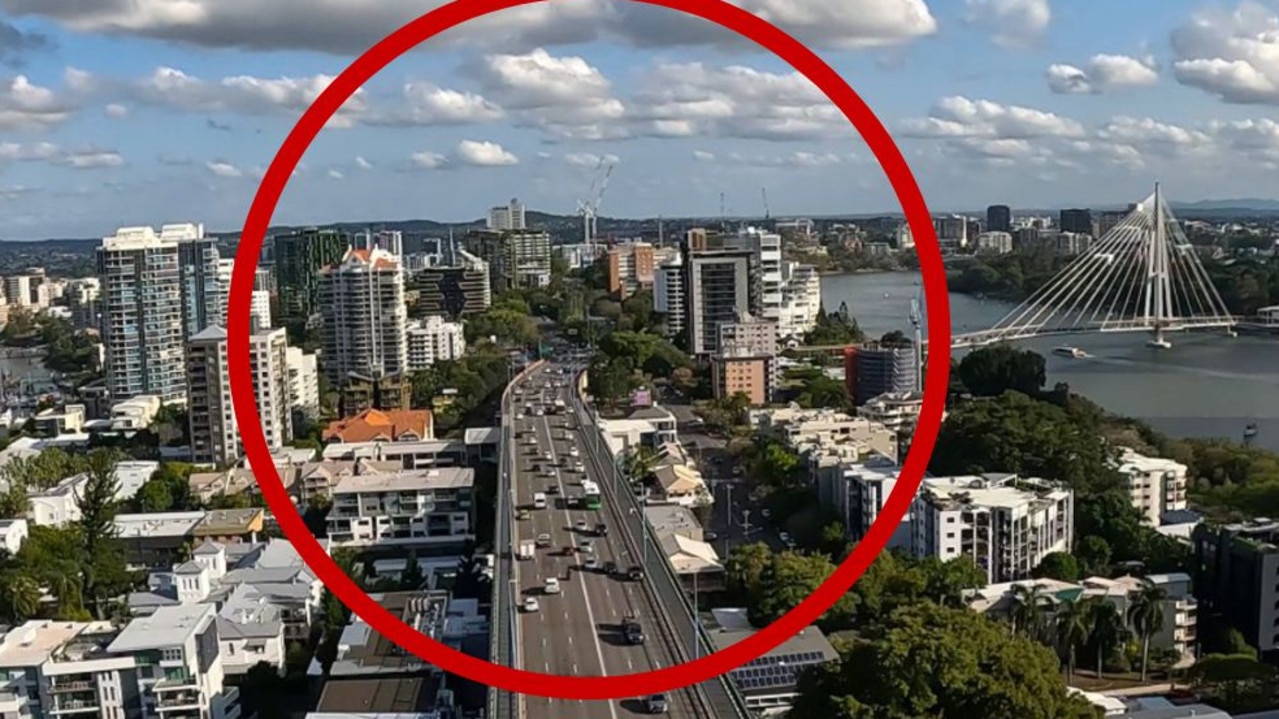Scratch the itch to twitch
THE desert is blooming in western NSW with the Paroo River teeming with wildlife in a timeless cycle of the Australian bush.

I'M A dot in a vast plain of saltbush scrub, 1200km west of the ocean, but a seagull is squawking in my ear.
There are definitely no fish and chips in sight. In fact, there's just a whole lot of nothing.
We've driven an hour out of White Cliffs, NSW, which itself defines middle-of-nowhere, and the only thing we've passed is an old cemetery and some power lines.
My amazement is a measure of my ornithological ignorance.
Seagulls - more properly called silver gulls - aren't only found on the coast, apparently.
The seagulls have come to Paroo-Darling National Park for exactly the same reason I have: there's a whole lot of water around, and the desert is blooming.
Henry Lawson wrote about two travellers searching for the Paroo and coming across what one of them describes as "some old bridle track".
To which the response of the other is: "Well I never! It's plain you've never been Out Back - this is the Paroo River!"
There's no confusion these days. The water has been flowing here for the past four years in one of the timeless cycles of the Australian bush.
Who knows what the future holds, but it may be another decade before you get the chance to see it like this again.
We're standing on the shores of Peery Lake, which has already fallen a metre from its 2010 peak. But it's still very full. It's a startling sight in a region which, when I last visited, was a parched sea of orange dust. Now this lake alone supports upwards of 20,000 waterbirds.
The bush has been alive with other birds on the journey here, from cockatiels with their spiky yellow crests to mulga parrots triumphant in emerald green.
There are pink cockatoos everywhere. "And we don't call them Major Mitchells any more," says national parks ranger Gareth Tefler. "The Aboriginal people don't care for him much."
The bird that sports the explorer's name is a glorious salmon-pink creature with a vivid red-and-yellow crest.
Even the dour Scottish major was moved to write: "Few birds more enliven the monotonous hues of the Australian forest more than this beautiful species."
Paroo-Darling National Park was created out of seven vast former cattle stations and contains internationally important wetlands that, in times of drought, provide a last refuge in the arid west for fish and bird species.
Not coincidentally, it's also the traditional home of the Malyankapa and Pandjikali people, whose stone tool workshops and quarries are scattered across the landscape.
The bone middens of Peery Lake are the most extensive in NSW and have been dated back some 10,000 years. But really, the reason to visit now is to see the Outback when it is at its most verdant.
Birdwatchers head here to spot vulnerable or endangered species such as blue-billed ducks, brolgas and bustards, Australia's largest flying land bird.
You don't have to be a birdwatcher to be amazed. The seagull doesn't impress me much, but the fairy-wren is just lovely.
And soon I'm conversing with Tefler on the joys of spotting a black-tailed godwit, and whether that black-and-white flash was a magpie or a pied honeyeater.
I could be doing worse things, such as sitting in a traffic jam.
In the Paroo, the only rush hour is a flock of pelicans, jostling for their own slice of outback beauty.
The writer was a guest of Tri State Safaris and Destination NSW.
---
Go2
PAROO-DARLING
Getting there
Rex Airlines operates flights from Sydney to Broken Hill, 225km from White Cliffs. Ph 13 17 13 or visit regionalexpress.com.au
Getting around
Tri State Safaris is based in Broken Hill and operates tours ranging from one to 19 days in the NSW Outback, including the Paroo-Darling.
Visit tristate.com.au, ph (08) 8088 2389.
Staying there
There are several camp grounds within the national park, while White Cliffs Underground Motel is an unusual accommodation in nearby White Cliffs. Visit undergroundmotel.com.au, ph (08) 8091 6677.
More: visitnsw.com, ph (08) 8080 3560.



